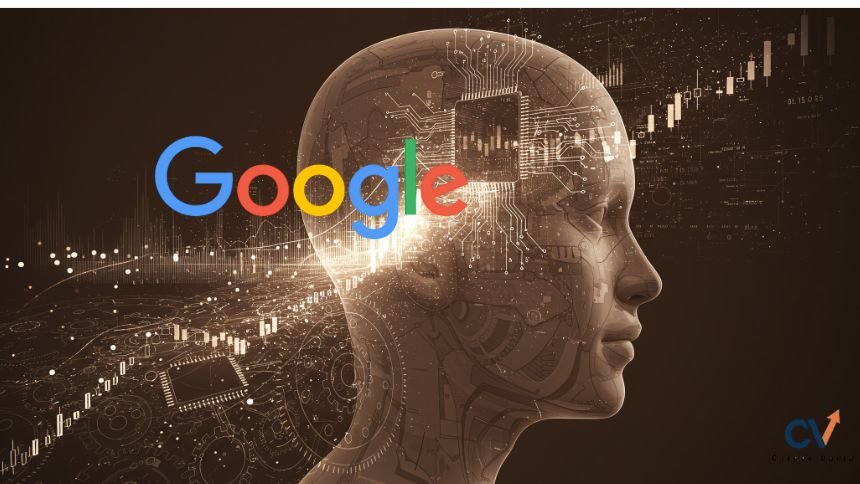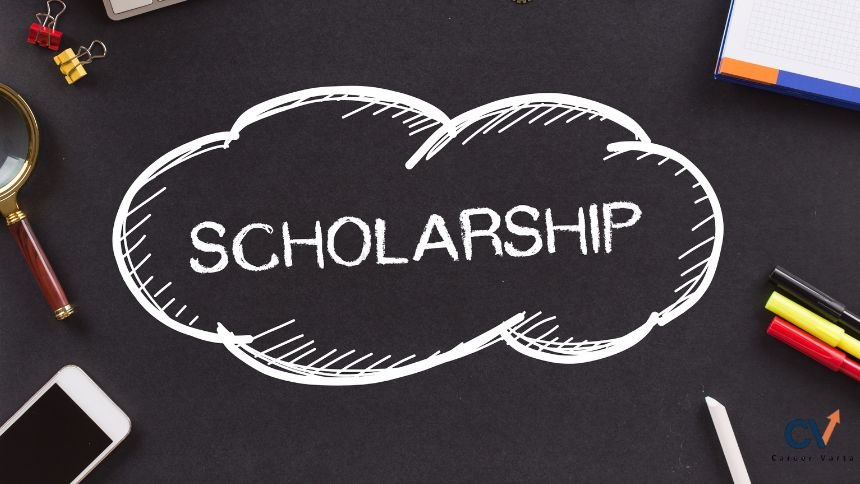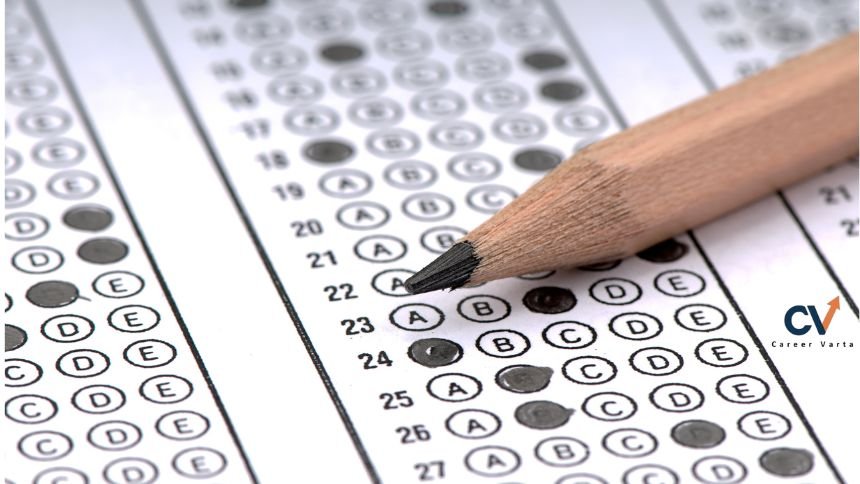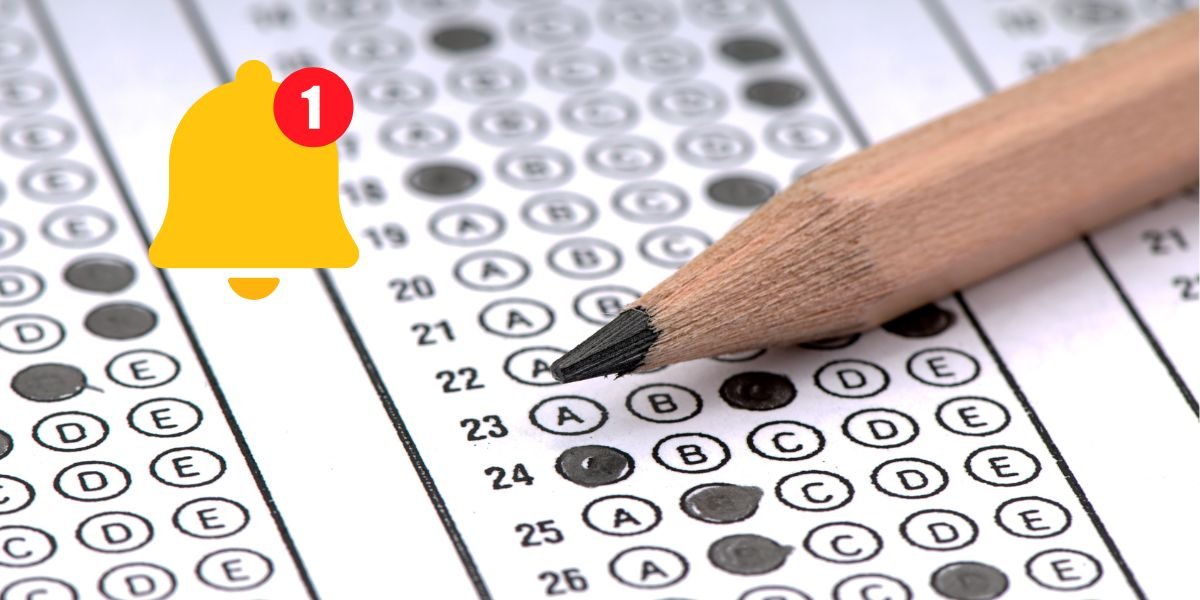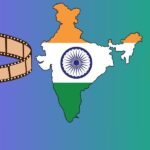New Delhi, July 15, 2025 – The Union Public Service Commission (UPSC) has officially released the schedule for the Civil Services (Main) Examination 2025, to be conducted over five days beginning September 20, 2025. The exam will be held in two sessions each day: forenoon (9:00 AM – 12:00 PM) and afternoon (2:00 PM – 5:00 PM).
📅 Detailed Exam Schedule
| Date | Paper | Session |
|---|---|---|
| Sept 20 | Essay | Forenoon |
| Sept 21 | GS Paper I & II | FN & AN |
| Sept 22 | GS Paper III & IV | FN & AN |
| Sept 27 | Optional Paper I | Forenoon |
| Sept 28 | Optional Paper II | Forenoon |
Candidates qualifying in the Prelims 2025 (held in June) are eligible to appear for this stage. The admit cards for the Mains exam are expected to be released by early September on the official UPSC website: https://www.upsc.gov.in
📝 Important Guidelines for Candidates
- Admit Card: Must be downloaded from the official UPSC website. No hard copy will be sent.
- ID Proof: Carry a government-issued photo ID along with the admit card.
- Answer Booklets: Will be bilingual (English & Hindi). Write answers only in the medium opted.
- COVID-19 Advisory: Though restrictions have been eased, candidates are advised to follow basic hygiene protocols.
🧠 Expert Advice
Education experts recommend that candidates:
- Focus on value-enriched answers with contemporary examples.
- Revise current affairs from June 2024 – August 2025.
- Practice answer writing under time constraints.
🔔 What’s Next?
- Interview/Personality Test: For those who qualify Mains, interviews are expected to begin in December 2025 or January 2026.
- Final Result: Expected by March 2026, followed by service allocation.
📢 UPSC Helpline
For queries or clarifications:
- Email: uscsp-upsc@nic.in
- Phone: 011-23385271 / 23381125
⚠️ Disclaimer
This article is based on publicly available information and official notices as of July 15, 2025. Candidates are strongly advised to verify all dates, guidelines, and updates directly from the official UPSC website (https://www.upsc.gov.in) or through official communication channels. This article is for informational purposes only and does not serve as legal or academic advice.


